Can a Bad Battery Cause Rough Idle? (In Depth Breakdown)
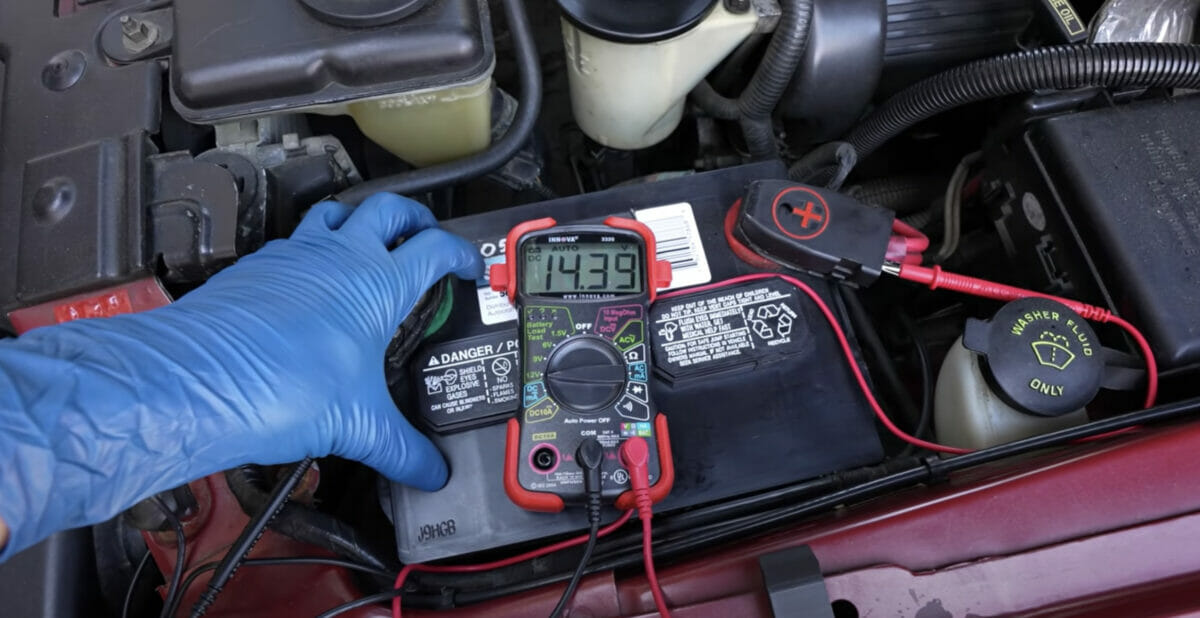
Most assume that a bad battery causes problems in a vehicle, but if it’s rough idling, is it due to a bad battery?
A bad battery can lead to rough idle and engine stalling in a vehicle, as it may struggle to maintain a consistent idle due to insufficient power. However, persistent rough idle could also be attributed to other issues, such as faulty spark plugs, a blocked fuel filter, or a leaky intake manifold gasket, requiring checking them even though the battery is often the first component to investigate.
You might need to recharge the battery, inspect it thoroughly, or replace it. This will be necessary to avoid further associated problems.
Persistent Rough Idle
A vehicle’s engine runs unevenly while stationary (in “idle”). This condition can manifest as the engine sounding choppy or rough, the vehicle vibrating or shaking, or RPM (Revolutions Per Minute) levels that fluctuate instead of staying steady.
If your vehicle is suffering from persistent rough idle, there are several possible causes. A bad battery is only one of them.
Although it’s only one possible cause of rough idling, it should still be easy to check if a rough idle is persistent.
Otherwise, other most likely or common causes are:
| Issue | Estimated Likelihood |
|---|---|
| Bad Spark Plugs | Very Common (25%) |
| Vacuum Leaks | Very Common (25%) |
| Dirty Fuel Injectors | Common (15%) |
| Malfunctioning Sensors | Common (15%) |
| Bad Ignition Coils | Less Common (5%) |
| Faulty Idle Air Control Valve | Less Common (5%) |
| Clogged Fuel Filter | Less Common (5%) |
| Ignition System Problem | Rare (3%) |
| Rocker Arm and Valve Spring Edges Rubbing | Rare (1%) |
| Intake Manifold Gasket Leak | Rare (1%) |
| Too Much Valve Overlap (Reversion) | Rare (1%) |
| Bad Battery | Rare (1%) |
A Bad Battery and Rough Idle
A bad or weak battery fails to provide adequate charge to power the car and can cause rough idle.
Consequently, the engine will run slower and unevenly. If you experience persistent rough idle, the battery is one obvious thing to check, perhaps the first.
I’ll go into more detail about how to check and what to do with a bad battery.
Low Voltage
Check the voltage across the battery’s terminals using a voltmeter set to read DC volts.
Ideally, The voltage should be within the range of 12.4-12.6 volts or at least above 12.2-12.3 volts (with the engine off). The maximum would be 12.8-12.9 volts; otherwise, the issue is not a weak battery but an overcharged one.
If the battery’s voltage is below 12.4 volts, it might still start the engine with a bit of struggle, depending on the car. But the battery is weak if it’s well below this lower limit.
It might not necessarily be the battery’s fault for being weak, although it could be. The undercharging could also be due, for example, to the alternator or the cables.
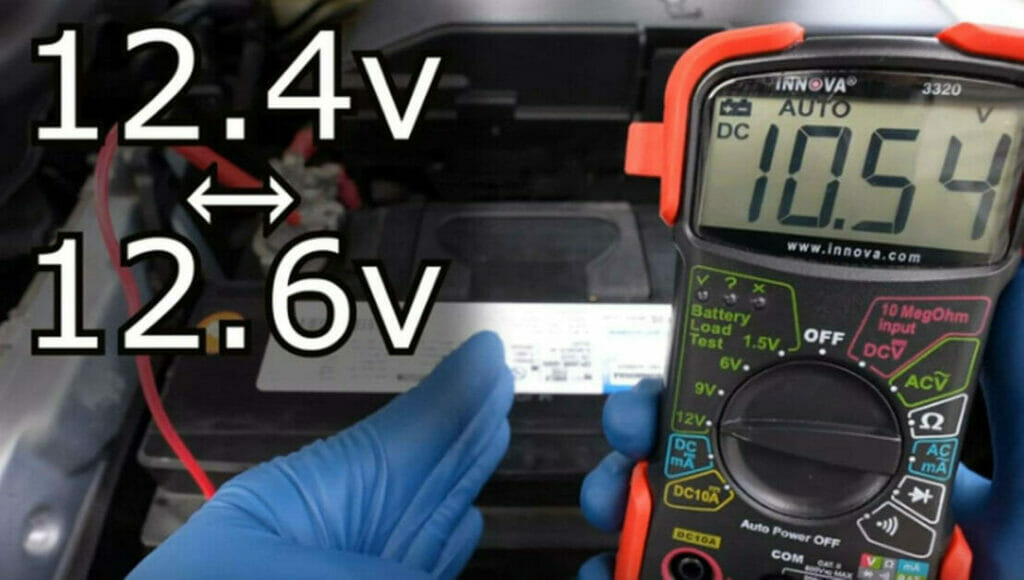
Other Signs of a Bad Battery
If you don’t have a voltmeter, look out for other signs of a bad battery, such as:
- Low-battery warning light
- Low electrolyte level
- Dim headlights
- A clicking sound when starting
- Slow cranking (the engine takes longer to start)
- The engine misfiring (due to slowed fuel pumping, causing the fuel injectors to open at the wrong time)
- Engine vibrations (loud noises from the engine and the engine shaking)
- Lower RPM (due to insufficient charge)
- Corrosion on its terminals
- Weak or loose connectors
If you notice any of the above, the battery might be weak. But if you see corrosion on its terminals, they need cleaning, and if you see loose connections, tighten them.
However, if the battery is leaking, or you notice cracks, bloating, or a foul smell, then the battery is damaged and must be replaced.
Running the Car with a Bad Battery
Depending on the battery’s condition, you might be able to drive with a bad battery, but it won’t be a smooth experience.
Some accessories will fail to work, and if the engine idle is rough or it misfires, you won’t be able to endure it for long or even be able to drive much further, if at all.
Whether the bad battery is causing the rough idle or not, don’t drive with one. Either fix or replace the battery.
Other Common Causes of a Rough Idle
Here are the other possible causes of rough idling I mentioned earlier, i.e., other than a bad battery.
Bad Spark Plugs
Besides a bad battery and a clogged air filter, bad spark plugs is another common cause of a rough idle.
You should suspect bad spark plugs if you also notice one or more other symptoms that they can cause, i.e., apart from rough idling. These symptoms are:
- Difficulty in starting the car
- Sluggish driving performance
- The engine lacking power or misfiring
- Poor acceleration
- Reduced fuel economy
Clogged Fuel Filter
A clogged fuel filter can prevent the vehicle’s engine from getting enough fuel, and thus, the engine to misfire and operate roughly.
To check and clean the fuel filter, remove and blow through it. But replace it if it’s clogged too much.
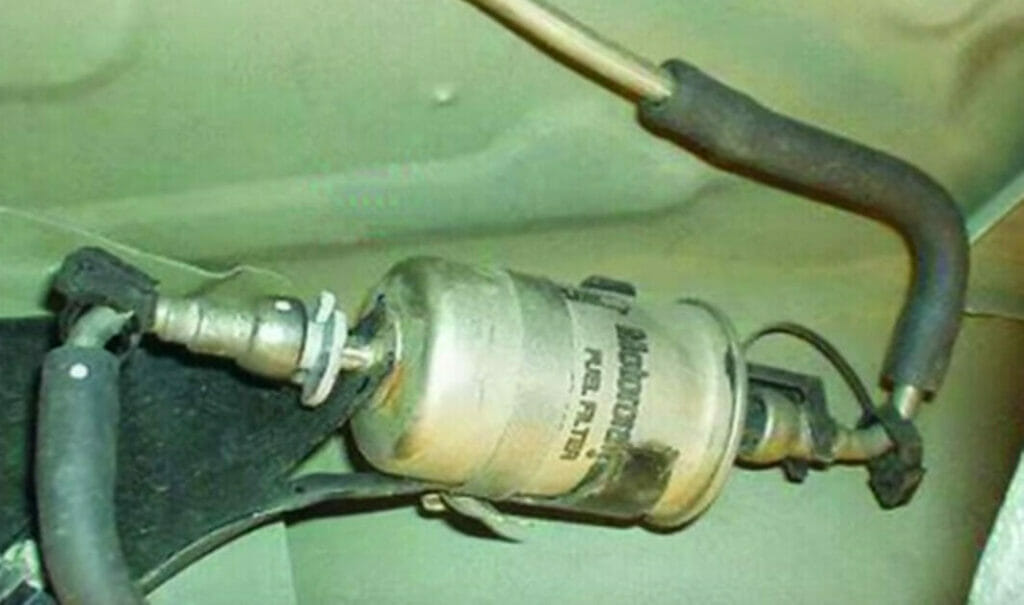
Dirty Fuel Injector
A fuel injector can become dirty over time if attached to a gasoline engine. It will prevent the engine from getting the air and fuel in the right proportions, thereby causing a rough idle.
Other Less Likely Causes of a Rough Idle
Bad Ignition Coils
The ignition coils play an important role in sparking the plugs. They can cause rough idle if damaged.
Ignition System Problem
Even if a faulty ignition system manages to start the vehicle, it can still obstruct it from running as normal. If you suspect this is the cause, let a mechanic inspect it.
Rubbing
Rubbing between the rocker’s arm and the top outer edges of the valve springs can create a tappet noise or rough idling. [Hearst Magazine, 1969]
Inspect the rocker arm and valve springs if you notice either of these symptoms. They should not be rubbing. Shiny spots and wear on the rocker’s arm are signs of rubbing. If confirmed, have the affected part replaced.
Intake Manifold Gasket
A leak in the intake manifold and cylinder head connection creates a vacuum, allowing unmeasured air to enter the engine. If the mixture entering the combustion chamber is too lean, i.e., it reduces the amount of fuel in the mixture, it can lead to rough idling.
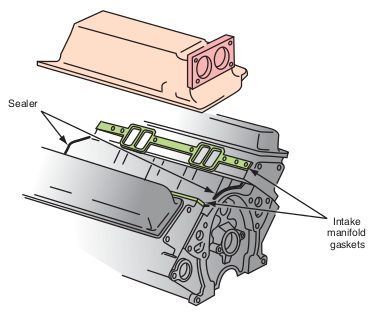
Reversion
The valve overlap aids the engine to breathe better, especially at a high RPM.
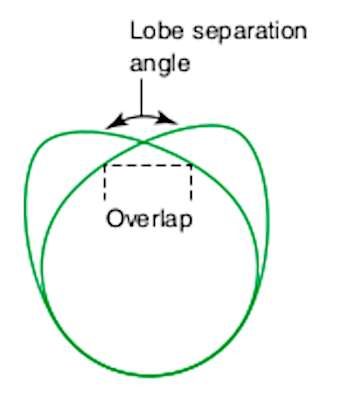
But, too much valve overlap at low RPM allows some fresh air-fuel mixture to flow out of the exhaust valve and some exhaust to flow back into the intake. This “reversion” can cause rough idle, increased emissions, and reduced fuel economy. Exhaust gases in the intake reduce the engine vacuum, counteracting the overlap effects. [Hadfield & Nussler, 2018]
The negative impact of reversion can be overcome by creating a wider separation angle or using two camshaft lobe sets in a variable valve timing system. The camshaft lobes overlap at high RPM, improving volumetric power and efficiency.
References
Christopher Hadfield & Randy Nussler. Automotive engine repair and rebuilding. Today’s technician. 6th edition. Cengage Learning. 2018
Hearst Magazines. Popular Mechanics, Vol. 132, No. 2. Hearst Magazines. 1969
Video References
Chris Fix
EasyAutoFix
